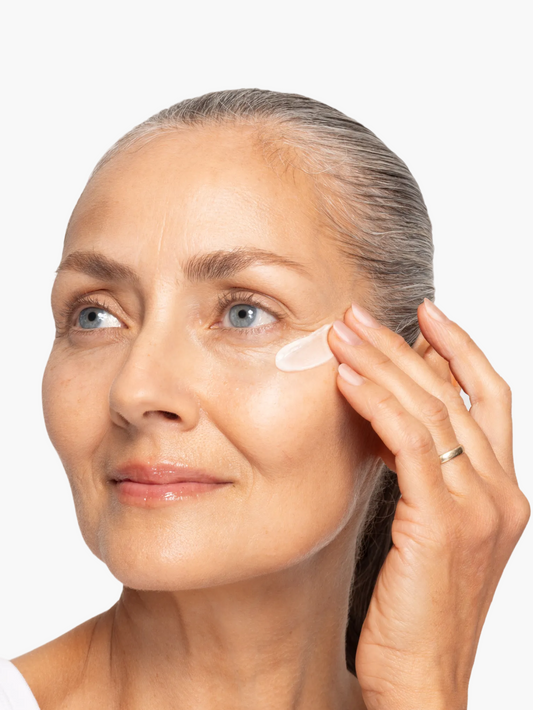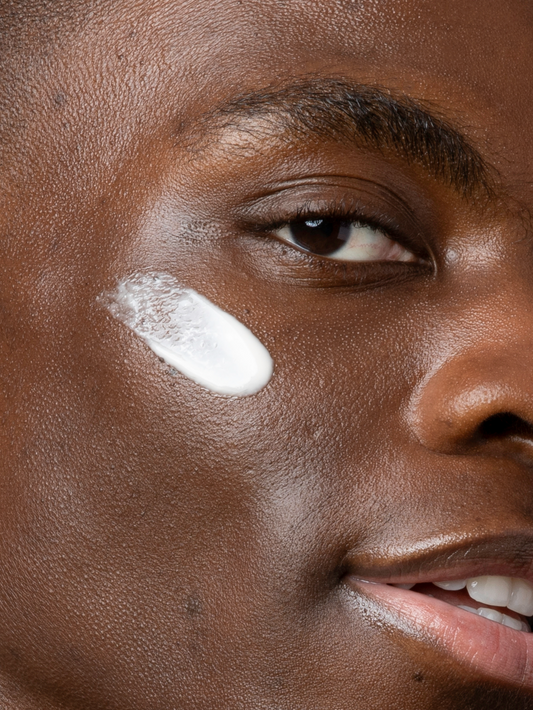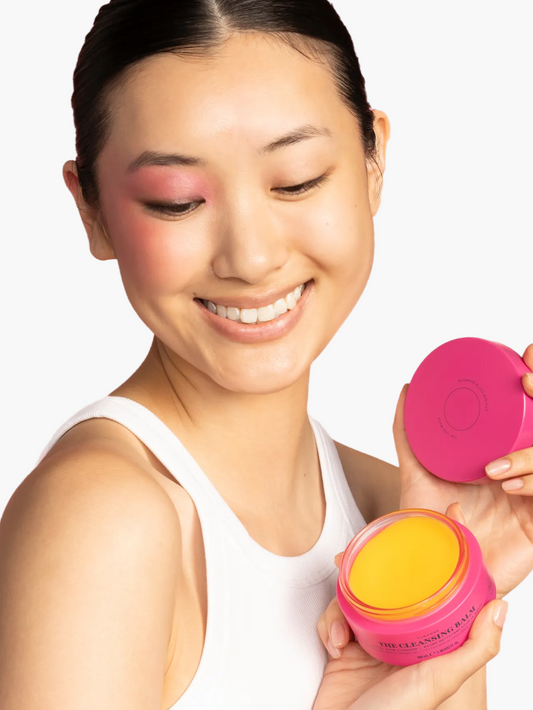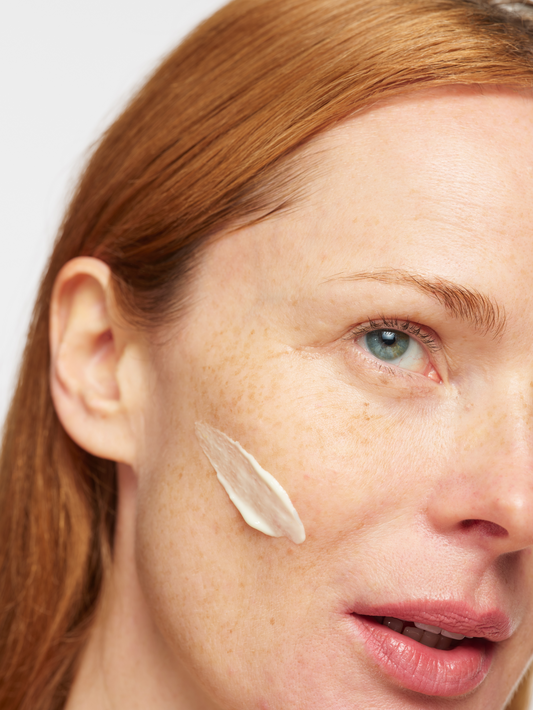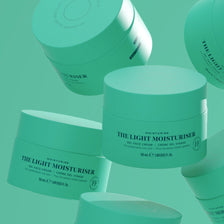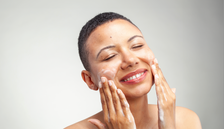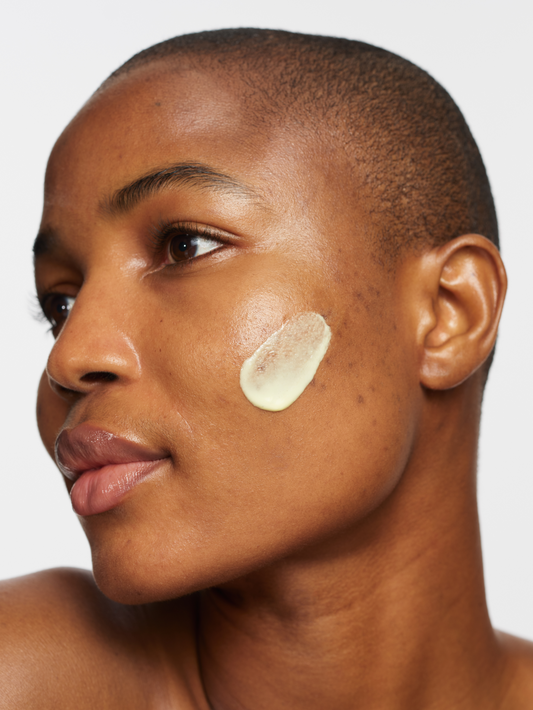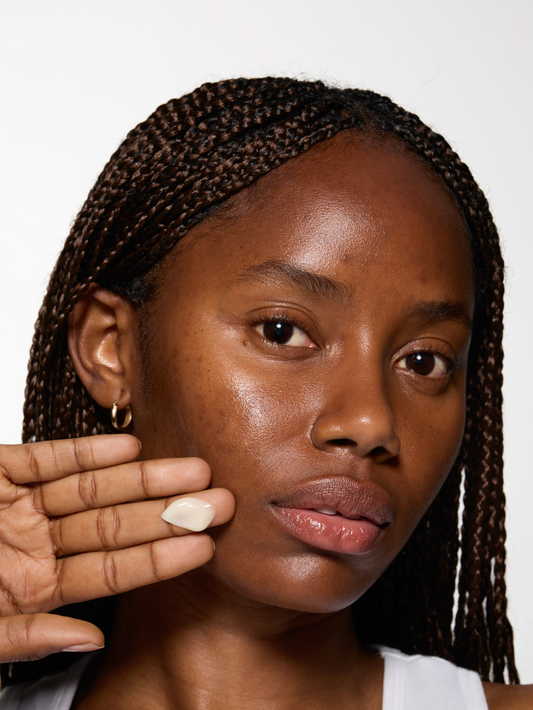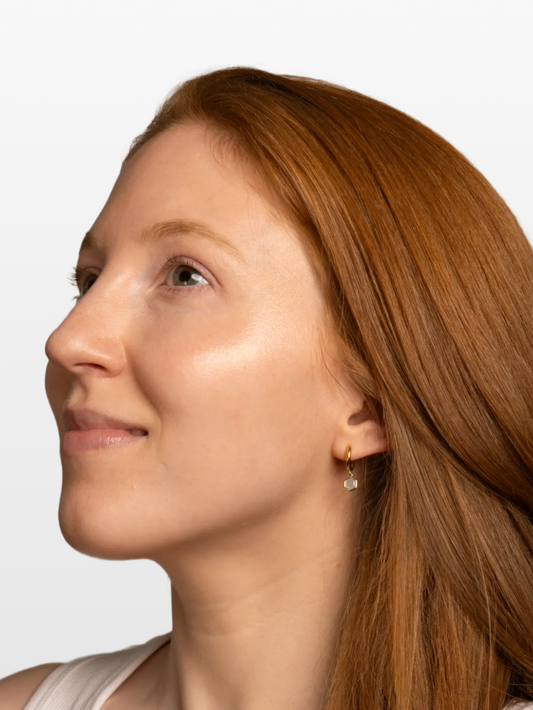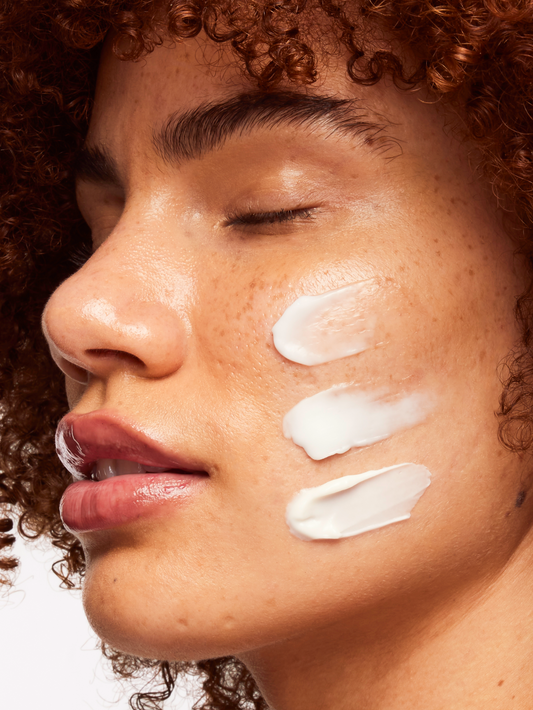The Support Oil Skin Rocks
Facial oils can divide opinion and intimidate even the most experienced users, but they actually offer a number of skin benefits and can make a brilliant skin-boosting addition to your routine. Learn all about them in our guide.
What is a facial oil?
Facial oils are oils that can be applied to the skin to provide instant nourishment, relief and numerous skin benefits, depending on the formula and type of oil used. Common base oils are: olive, sweet almond, grapeseed, jojoba and squalane. These oils may also be bolstered with additional ingredients to target specific concerns, such as retinoids, vitamin C and plant extracts.
Facial oils today aka treatment oils
Historically, facial oils are heavier in texture and used as an occlusive layer to nourish and lock in hydration. Over the years, facials oils have been optimised to work harder and offer multiple benefits to the skin. Because of this, you may see them labelled as ‘treatment’ oils. Treatment oils tend to be thinner in consistency and contain results-driven actives to evoke a change in the skin beyond nourishment. These are typically applied before your moisturiser and either in place of or after your serums. Whereas a traditional face oil (while still beneficial) tends to focus on providing an occlusive barrier to lock in hydration.
Examples of treatment oils:
Benefits
All facial oils can support skin health in the following ways:
-
Adding extra nourishment to lipid-dry skin (skin lacking in its natural oils)
-
Reducing and soothing inflammation/sensitivity
-
Brightening the appearance of the skin and leaving you with a glow
-
Reinforcing the skin barrier
-
Helping to balance your complexion
-
Boosting hydration by reducing water loss
-
Acting as a lubricant for facial massage
Do I need a facial oil?
As long as you are using the right formula for your skin type and concerns, your skin’s health will benefit from the use of a facial oil. If you have dry, mature and/or sensitive skin, it will be a worthy investment as they are the quickest way to revitalise lacklustre skin and envelop it in nourishing comfort. They’re also perfect for the winter months when the skin can become more reactive and parched.
Oil vs Moisturiser
A common question that we get asked is whether you need to use both. In short, no, but they can work wonderfully together, particularly if you have very dry skin or during the winter months.
You may occasionally wish to swap your moisturiser for a facial oil in your evening routine; however, you will need to ensure you use hydrating products alongside, as oils do not hydrate the skin. This leads us nicely onto our next point…
Hydrate vs Moisturise
‘Hydration’' is the process of attracting water to the skin, whereas 'moisturisation' describes keeping that water locked in. Oils do the latter, whereas moisturisers can do both – although their main responsibility is to provide a seal to help prevent water loss.
Application tips:
-
Find the best formula for you. For example, if you suffer from oiliness and congestion, you should opt for a lightweight oil such as squalane. If you have reactive skin, look for a non-fragranced oil if you are sensitive to perfume or essential oils to avoid further irritation. Choose formulas containing omegas, vitamin d3, and/or ceramides for dry skin.
-
The best way to apply your facial oils is with your hands. The warmth of your skin will help the product melt into the skin. Always use gentle pressure and apply using a swiping/pressing motion. As our Founder says: ‘grip not slip!’. You usually only need 1-2 drops, unless the brand states otherwise.
-
Pair it with your moisturiser. If your skin feels dry and looks dull, apply a couple of drops under your moisturiser during the day or at the end of your evening routine.
-
Apply broadly, treat locally. For example, choose a hydrating moisturiser that’s lightweight in texture to apply all over, then layer a facial oil over the top (or underneath in the AM) for drier areas.
-
Layer accordingly. If you are layering your moisturiser over the top of your oil, allow time for the oil to absorb first to prevent pilling. You can also use a facial oil to buffer your retinoid serum which is a brilliant way to mitigate aany dryness you might experience from over the counter or prescription strength vitamin A products (tret lovers, we are looking at you!).
-
While you might not feel you need to, you can indeed use a facial oil daily. We recommend reserving it for your evening routine as the last step before bed. However, if you are using a treatment oil, this can be applied prior to moisturiser, morning and night.
Words by Katie - Team Skin Rocks
Qualifications - BTEC, Beauty Therapy Applied Sciences






